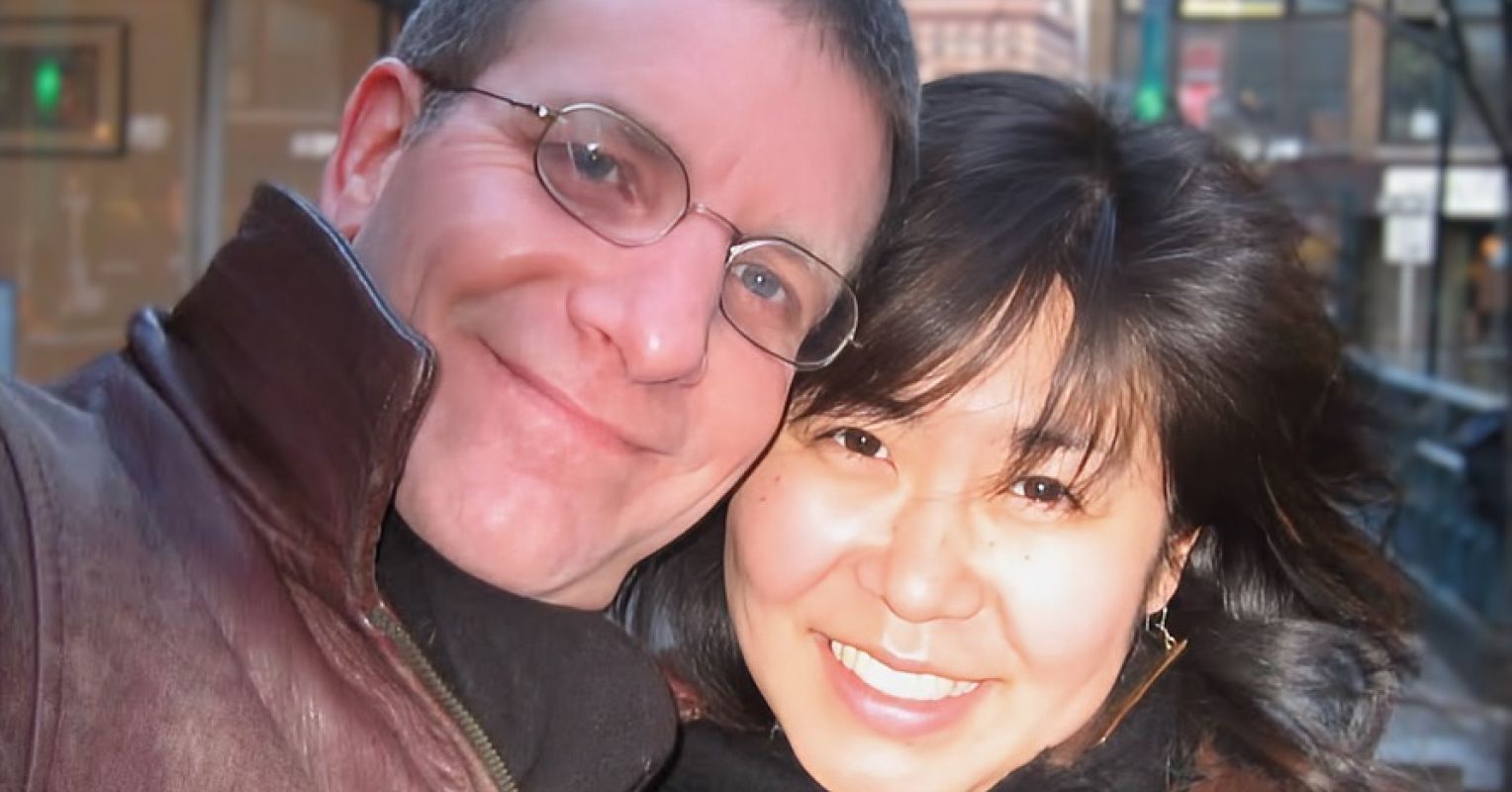970x125
Most of us grow up believing that conflict is the enemy of love. We imagine that a good relationship is one in which partners rarely argue, never hurt each other’s feelings, and spend most of their time in harmony. But in real life, the couples who last don’t avoid conflict. They learn how to use conflict as the very material that strengthens their bond.
As couples therapists—and as a couple who has weathered our share of storms—we’ve learned that conflict can actually be the healthiest thing for your relationship—if you know how to move from rupture to repair.
The Myth of “Happily Ever After”
Cultural stories about love are filled with fairy-tale endings. The prince and princess kiss, and the curtain falls. But what happens next? Nobody tells you that in the sequel, they argue about chores, feel lonely even when they’re together, or clash over money and family.
When conflict shows up, many couples assume something is wrong with them—or, worse, that they’ve chosen the wrong partner.
We thought that once, too. In the early years of our marriage, our arguments could feel like full-blown disasters—two therapists who should “know better,” locked in old patterns of defensiveness and distance. But what we discovered, through our own work and through years of clinical practice, is that conflict isn’t proof of failure. It’s proof of engagement.
Conflict isn’t a glitch in the system. It is the system. It’s how couples grow.
What a Rupture Really Means
In our book Love. Crash. Rebuild., we call moments of conflict “love crashes.” Clinicians often call them “ruptures.”
A rupture is any break in connection—whether it’s as small as glancing at your phone while your partner speaks or as big as a blowout argument. It destabilizes the relationship. It hurts. It creates distance. But it also signals that something meaningful is happening.
Think of a rupture as the relationship’s way of saying: “Pay attention.” It provides an opportunity for two people to get closer. It’s not a sign the relationship is doomed. It’s an invitation to grow.
The Two Unhelpful Roads: Distance and Destruction
Without tools, many couples become locked in to two unhelpful paths when conflict arises:
- Distance: We withdraw. We go quiet, numb, detached. And, over time, the relationship can grow colder.
- Destruction: We escalate. We fight to win. We attack with criticism or contempt. If this becomes chronic, relationship can become harsh.
We’ve done both. And we’ve seen countless couples succumb to the same pattern—retreating into silence or exploding in blame, only to find themselves farther apart.
Neither distance nor destruction resolves the rupture. Both create more pain, resentment, and mistrust over time.
The Healthiest Couples Do This Instead
Here’s the counterintuitive truth: The healthiest couples aren’t the ones who never rupture. They’re the ones who repair.
Developmental psychologist Edward Tronick’s (esp., 1989, 2003) work shows that even infants rely on a cycle of rupture and repair to build trust with their caregivers. When a need isn’t met right away, the baby protests. When the caregiver notices and responds, repair happens. The child learns: I can be upset, but I’m not alone. I can be hurt, but I can be comforted. We can find our way back.
Adult love works the same way. Every rupture is an opportunity to repair—and every repair makes the bond stronger.
In our own relationship, this truth reshaped the way that we relate to ourselves and each other in our love. Learning to pause before reacting, to take ownership instead of defending, and to stay curious about each other even when hurt or scared—these became the building blocks of connection. Repair didn’t erase the conflict; it transformed its meaning. Instead of being proof that something was broken, our ruptures became the raw material for rebuilding.
Repair as the Foundation of Intimacy
Repair doesn’t mean minimizing issues or pretending they don’t hurt. It means acknowledging the rupture and committing to work through it. That process may be uncomfortable, but it’s also deeply healing and connecting.
When couples repair well, they practice:
- Vulnerability: admitting hurt and/or fear instead of hiding behind anger or distance.
- Empathy: listening without defensiveness.
- Intimacy: sharing feelings openly, even when they’re messy.
- Emotional investment: staying engaged rather than retreating.
Relationships Essential Reads
We call these the four pillars of true love. Each requires collaboration and the full participation of both partners. They aren’t built in the absence of conflict—they’re forged in the fire of repair.
Your First Step
The next time you and your partner run into conflict, pause before declaring the relationship broken. Ask yourself: What if this rupture is an opportunity to repair—and to come back closer and stronger?
That shift in mindset is the first move from seeing conflict as a threat to seeing it as a teacher.
The PACER Model
We hsve developed a model to guide couples from rupture to repair. Each step builds upon the one before it, creating a clear and repeatable path back to connection. We call it the PACER model>
- Pause: Create space before reacting. Breathe. Slow the moment down.
- Accountability: Take ownership of your feelings, words, and actions.
- Collaboration: Work together—not against each other—to understand what happened.
- Experiment: Try new ways of responding, even if they feel awkward at first.
- Reset: Reconnect emotionally and physically. Choose each other again.
This framework grew out of our own marriage—and it’s helped countless couples we’ve worked with find their way back to intimacy and trust.
Because love isn’t about avoiding crashes. It’s about learning how to rebuild.



